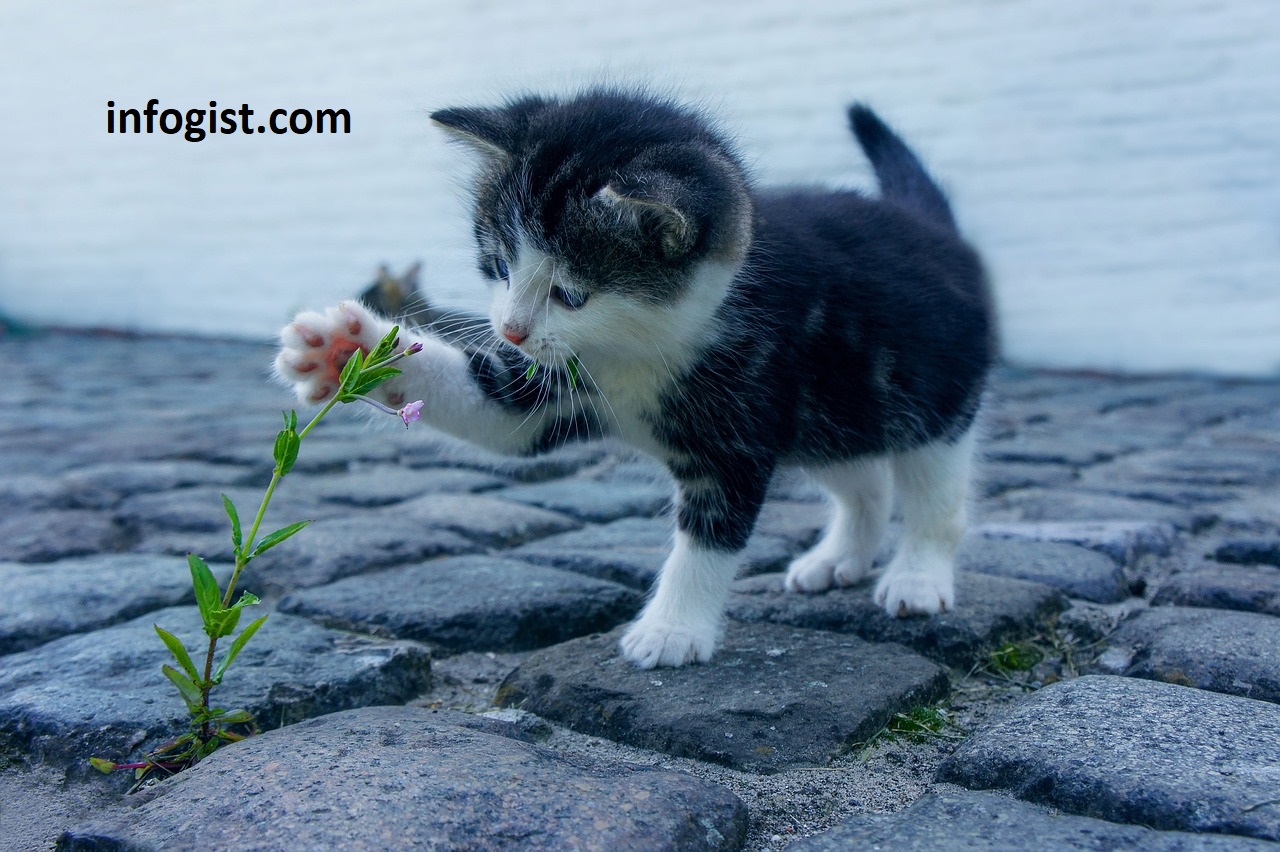Key Insights into Cat’s Communication and Bonding
Essential Understanding of Cat’s Gestures Grasping the nuances of feline gestures is key to forming a meaningful connection with your cat. Attention to their stance, tail flicks, and ear positions can offer a clear window into their feelings and intentions, enhancing mutual understanding and bonding.
Significance of Cat Vocalizations Cats utilize a diverse range of vocal sounds, including various meows, to express their needs and emotions. Recognizing the differences in these sounds can greatly aid in understanding what your cat is attempting to communicate.
Interpreting Facial Expressions and Eye Signals A cat’s facial expressions and the way they use eye contact can be very telling about their emotional state and comfort levels. Being attentive to these cues can deepen your relationship with your cat and improve mutual understanding.
Introductory Overview: Feline Behavior – Body Language and Communication Understanding feline behavior, including body language and communication methods, is vital to truly comprehend what cats feel, need, and intend. This knowledge not only facilitates effective communication but also strengthens the bond between cats and their human companions.
Recognizing the subtleties in a cat’s body movements, such as the position of the tail or ears, and their facial expressions, helps us accurately interpret their emotions. Additionally, understanding their vocalizations and non-verbal cues aids in grasping their desires and intentions, which is essential for their care and creating a harmonious living environment.
For instance, a purring cat typically indicates contentment, while a swishing tail might signal distress or fear. As responsible pet owners, a profound understanding of cat behavior is crucial for providing the best care and fostering a strong, loving relationship.
One interesting aspect of cat communication is the “slow blink,” which signifies trust and affection. Reciprocating this gesture can strengthen the trust and affection between you and your cat.
Decoding Feline Body Language: Its Importance Understanding our feline friends’ body language is integral to our relationship with them. The context in which a cat’s behavior occurs is particularly important in interpreting their emotions, intentions, and needs.
Context as a Crucial Element in Understanding Cat Behavior Grasping the context in which a cat behaves is vital for interpreting their behavior. Analyzing the circumstances surrounding their actions allows us to understand their motives and emotions better. By considering the context, we can enhance our understanding of cats and strengthen our bond with them.
For example, a cat’s posture can reveal whether they feel relaxed or defensive. Tail movements can indicate contentment or agitation, and ear positions can reflect alertness or fear. Combining these body language cues provides a comprehensive picture of a cat’s behavior.
Vocalizations, such as different meows, are also key in communication between cats and humans. Learning these sounds’ meanings and associating them with specific emotions or needs can help us better understand our cats’ intentions.
Understanding facial expressions and eye contact is another aspect of decoding cat behavior. For example, relaxed eyes might indicate contentment, while dilated pupils could suggest fear or aggression.
Key Aspects of Cat Body Language Understanding the complexities of cat behavior can be fascinating and rewarding. This section explores key elements of cat body language: posture and stance, tail movements, and ear expressions.
Posture and Stance The way a cat holds itself reveals much about its mood and intentions. An upright posture suggests calmness, while a crouched stance may indicate fear or aggression. Noticing these cues can enhance our understanding of their needs and emotions.
Tail Position and Movements A cat’s tail position and movement can convey a range of emotions:
- Upright or Raised Tail with Straight, Bristled Hair: Alertness, confidence, or aggression.
- Tucked or Between Hind Legs with Low, Fast Swishing: Fear, anxiety, or submission.
- Curved or Hooked Shape with Slow Wagging: Playfulness or excitement.
- Rapid Twitching: Annoyance or irritation.
- Lashing Tail: Aggression or agitation.
Ear Posture and Expressions Cats use their ears to communicate emotions:
- Raised Ears: Attentiveness or curiosity.
- Relaxed Ears: Contentment or relaxation.
- Flattened Ears: Fear or aggression.
- Twitching Ears: Alertness or irritation.
- Backward Ears: Fear or submission.
Vocalizations: Deciphering Cat Meows Cats’ meows and other sounds play a significant role in communication. Different meows can indicate a range of emotions and needs, from attention-seeking to expressing discomfort or hunger.
Facial Expressions and Eye Contact in Cats Reading a cat’s facial expressions and understanding their eye contact can reveal much about their emotions and intentions. This understanding can lead to a stronger, more empathetic bond with your cat.
Common Cat Behaviors and Their Meanings Understanding common cat behaviors like licking, purring, hissing, and growling can provide insights into their feelings and help us respond appropriately.
Building a Strong Connection with Your Cat Developing trust and establishing a bond with your cat involves understanding their behavior, respecting their boundaries, and consistently reinforcing positive behaviors. Setting clear boundaries and encouraging positive behavior also plays a crucial role in creating a harmonious environment.
Conclusion: Enhancing the Human-Feline Relationship Understanding and interpreting cat behavior, body language, and communication is key to fostering a strong, loving relationship with our feline companions. This understanding allows us to cater to their needs, ensuring a fulfilling and harmonious bond.





